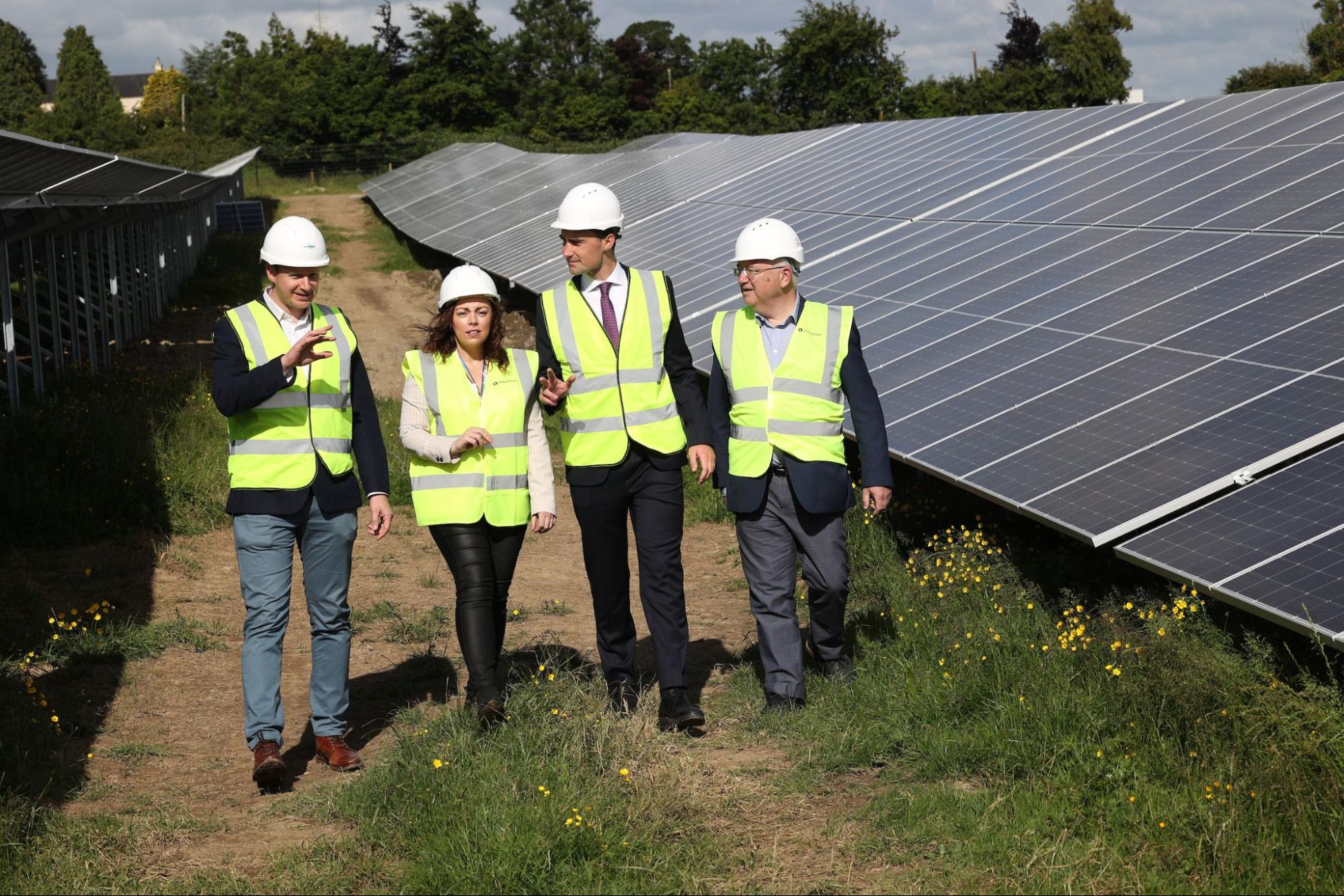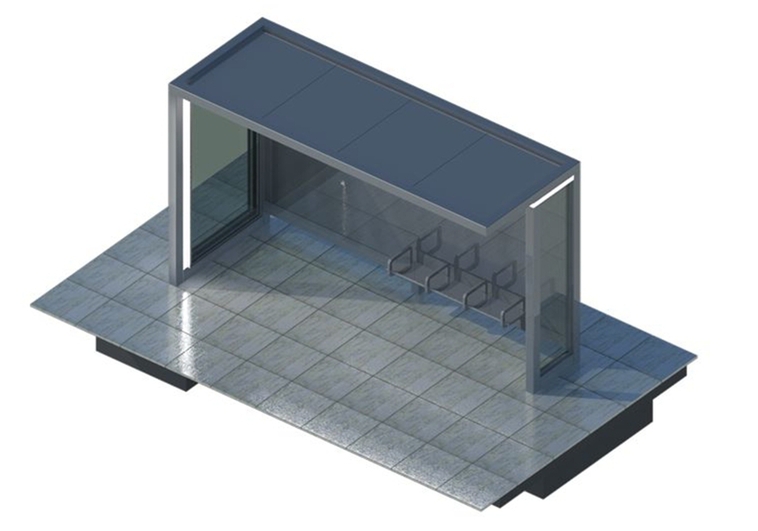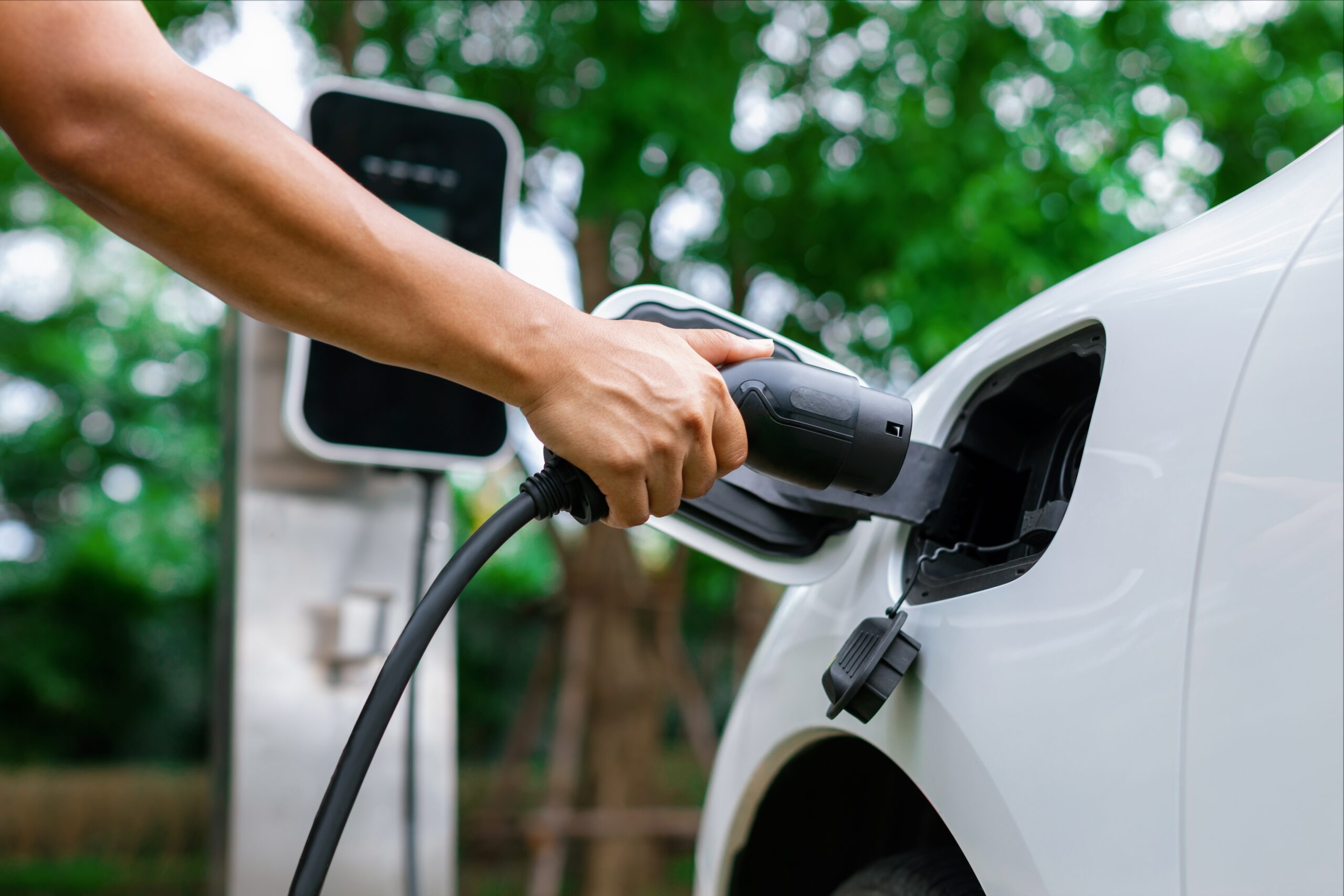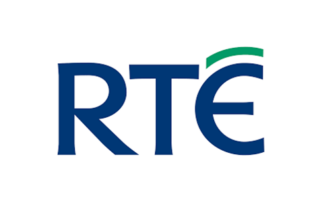
Solar Power in Transportation
Renewable energy from solar panels is becoming an increasingly popular way for homeowners to reduce their reliance on the grid by generating their own electricity. It is also taking off as a large scale source of energy to replace fossil fuels such as gas and oil.
Residential, Commercial, and Industrial applications are already adopting solar panels as fast as they can get them. But what about the Transportation sector? What can solar power do for transportation, and why is it so important for the sector to go green?
Table of Content
Why is Solar Power Important for Transportation
There are urgent environmental reasons to look at how renewable energy can benefit the transport sector. Transportation accounts for more than 40% of all final energy usage in Ireland, with all the carbon emissions which come with that.
This is more than any other sector of the economy, and more than is used for electricity (36.5%), or heating (21.9%).
Beyond looking at overall energy usage for the transport sector, just the direct burning of fuel for road, rail, and aviation transport accounts for nearly 20% of all greenhouse gas emissions in Ireland, 11,751.3 kt CO2 eq in 2022. This is exceeded only by the agricultural sector.
Solar Power In Transport Infrastructure
At its simplest, solar power can be used to help meet the energy needs of public transport infrastructure, an area of high energy consumption. Airports, Bus Stations, and Train Stations are made to handle huge numbers of people and are often open for very long hours.
Using solar power can help to offset the large amount of energy consumed in their operation, and reduce their reliance on the grid and greenhouse emissions.
Airports
At its simplest, solar power can be used to help meet the energy needs of public transport infrastructure, an area of high energy consumption. Airports, Bus Stations, and Train Stations are made to handle huge numbers of people and are often open for very long hours.
Using solar power can help to offset the large amount of energy consumed in their operation, and reduce their reliance on the grid and greenhouse emissions.

Solar Farm Installed by Enerpower on Dublin Airport Campus.
Public Transportation
Public transportation hubs such as bus and train stations can also make use of solar power to help with their onsite electricity needs. These tend to have smaller grounds than the likes of an airport, as well as being located in the heart of urban centres.
This means that the best way to utilise solar power for most public transport hubs is with rooftop solar panels on their larger central buildings.
Bus Shelters
Solar power has a range of applications in bus shelters in making them more comfortable for people waiting for a bus from lighting, climate control, and even giving people a handy place to charge their phones while waiting.
Bus shelters are rarely connected to the electricity grid, making solar power an ideal solution for extras which require electricity. Solar AdTek, a Dublin-based company founded in 2015, uses solar powered LED lighting to illuminate advertising at bus shelters, and also providing light for the bus shelter after dark.
A team at the University of Seville has also developed an innovative solar powered solution to provide cooling at bus shelters. Being installed in Seville this year, these bus shelters consist of an underground water cistern which can circulate water through a circuit which emits cool air.
The solar panels provide the power for cooling and circulating the water through the system. This has the potential to keep the bus stop at a balmy 20-24℃, even as summer temperatures can spike to beyond 40℃ in the city.

Climate Controlled Bus Shelter Powered by Solar in Seville
Solar Power & Electric Cars
Solar Power can play an important indirect role in making electric cars even cheaper to use and more environmentally friendly.
Electric cars play an important role in the shift from fossil fuels by replacing petrol and diesel engines. However, those electric cars still need to be charged, and this means that they will still frequently be relying on electricity generated from gas or oil.
Using solar panels in conjunction with a home charger can help to save on their electricity bills and make EVs truly renewable. Solar power can also be used to help with electric car charging at public charging locations or office car parks.
Solar carports which can provide protection from the elements while photovoltaic panels on their roof produce electricity are ideal for connecting with EV charging stations for offices or other large car parks.
Solar Powered Vehicles
The idea of solar power and electric vehicles would seem to go hand in hand, but there are a number of technical and environmental factors which come into play here when considering just how useful or feasible this would be.
The first and foremost is how much surface area any given vehicle has which can be given over to some manner of solar panel surface. It must also be considered how useful it would be to have solar power directly connected to a vehicle in any given environment.

Planes, Trains, and Automobiles
Solar Impulse
The SolarImpulse 2 is an airplane far beyond just a proof of concept which has proven its ability to fly around the world using nothing but the power of the sun.
After setting multiple world records in previous years, the SolarImpulse 2 hit a historic milestone in 2015-2016 with the world’s first round the world solar powered flight.
The plane travelled 40,000km using nothing but the sun’s power, taking off from Abu Dhabi and crossing two oceans to return there without a single drop of fuel being used.
Buses & Trains
Solar Power in buses comes in the form of hybrid or fully electric buses using solar panels installed on their roofs to help provide power and charge the battery during their daytime operations.
The Sono Motor Group is focusing on a Solar Bus Kit which involves retrofitting existing buses with 16 solar panels with a total power of 1.4kWp to help power the battery and HVAC systems.
With trains, which mostly already have electric motors, solar power can be used either from solar panels alongside the tracks feeding power power in via transformers, or from solar panels built directly onto the trains.
The first 100% solar powered train in the world was a converted 70 year old train run by Byron Bay Resort in New South Wales, Australia brought into operation in 2019. Specially fitted solar panels on the roof provide 6.5kW of power which allows the train to travel on a 6km return journey around the resort areas.

This, however, is a very slow moving train meant to let tourists take in the sights. Unlike the long awaited 1287.5 kilometres California high-speed rail connection to Vancouver, Canada. In 2023, more than 15 years after it got the nod, the California High-Speed Rail Authority said that the project would be fully solar powered, requiring a 44MW solar farm which would feed power into the train’s batteries.
Scania Solar Truck
Goods haulage accounts for another significant portion of emissions from vehicles, even with electric vehicles gradually replacing fossil fuel engines. Scania, the Swedish manufacturing company, has been prototyping a truck which incorporates solar panels to extend the vehicles range between charges.
The 18m trailer of a hybrid truck is covered in solar panels which would power the electric motor in a way that the company states could extend its range by up to 5,000km annually.

The truck is a 560 horsepower plug-in hybrid. On the 18-metre trailer, an area of 100 square meters is covered by thin, lightweight and flexible solar panels with a maximum efficiency of 13,2 kWp (kilowatt peak).
They are estimated to deliver 8,000 kilowatt hours (kWh) of power annually when operated in Sweden. The batteries have a total capacity of 300 kWh, with 100 kWh on the truck and 200 kWh on the trailer.
The trucks began testing on Sweden’s roads in the summer of 2023 with haulage company Ernsts Express AB, and testing will continue throughout this year.
Solar Power and Cars
Private cars make up by far the largest share of vehicles on the road, but they’re also the most difficult to incorporate solar power into directly. In no small part, this is due to their small surface area and lack of flat surfaces compared to buses, trains, or trucks.
The Lightyear One, from a Dutch start up company, was meant to be the first purely solar-powered car on the road. However, at the beginning of 2023, the company said that it was suspending production on this in favour of Lightyear 2.
The Lightyear 2, which is not yet available, is described as a car which requires three times fewer charges than a conventional electric vehicle due to an integrated layer of solar cells.
Other solar car programmes have had similar troubles, such as the Sono Sion. Work on this project has been discontinued by the German company, which is still instead focusing on buses and trucks.
This just shows that the technical challenges of integrating solar power into passengers are still very formidable.
Solar Power Advances
There have been two main areas of technological advancement which have made solar power more viable for use in vehicles or transportation infrastructure.
The first of those is the rapid growth of solar panel efficiency in recent years. Efficiency is a measurement of how much sunlight is converted to electricity by a solar cell.
When space is at a premium, such as on the roof of a bus, or when there is extremely high demand for power, such as at an airport, it is important that each solar panel deliver as much electricity as possible.
The second growth area which affects transportation has been improvements in battery storage technology. This is important for electric vehicles, as they cannot rely on just the power generated moment to moment by solar panels.
Battery Storage capacity is also essential for larger scale solar PV systems used by airports, train stations, or other large facilities which continue to operate after the sun has set.
Get in Touch
Take our free assessment today to see how solar panels can transform your life at home, saving you money and helping the country go even greener!
Author:

Briain Kelly
EDITOR
Briain Kelly is a Leinster based journalist and content creator who has been writing about energy efficiency and renewable energy technologies for nearly three years. He researches the latest news in multiple areas related to solar power, electric vehicles, heat pumps, and home energy upgrades. His writing includes both technological developments and government policy.
Author:

Briain Kelly
Renewable Energy Researcher
Briain Kelly is a Leinster based journalist and content creator who has been writing about energy efficiency and renewable energy technologies for nearly three years. He researches the latest news in multiple areas related to solar power, electric vehicles, heat pumps, and home energy upgrades. His writing includes both technological developments and government policy.
Popular Content 🔥
Solar Power in Transportation
Written by
Last edited
30/06/2025
Renewable energy from solar panels is becoming an increasingly popular way for homeowners to reduce their reliance on the grid by generating their own electricity. It is also taking off as a large scale source of energy to replace fossil fuels such as gas and oil.
Residential, Commercial, and Industrial applications are already adopting solar panels as fast as they can get them. But what about the Transportation sector? What can solar power do for transportation, and why is it so important for the sector to go green?
Table of Content
Why is Solar Power Important for Transportation
There are urgent environmental reasons to look at how renewable energy can benefit the transport sector. Transportation accounts for more than 40% of all final energy usage in Ireland, with all the carbon emissions which come with that.
This is more than any other sector of the economy, and more than is used for electricity (36.5%), or heating (21.9%).
Beyond looking at overall energy usage for the transport sector, just the direct burning of fuel for road, rail, and aviation transport accounts for nearly 20% of all greenhouse gas emissions in Ireland, 11,751.3 kt CO2 eq in 2022. This is exceeded only by the agricultural sector.
Solar Power In Transport Infrastructure
At its simplest, solar power can be used to help meet the energy needs of public transport infrastructure, an area of high energy consumption. Airports, Bus Stations, and Train Stations are made to handle huge numbers of people and are often open for very long hours.
Using solar power can help to offset the large amount of energy consumed in their operation, and reduce their reliance on the grid and greenhouse emissions.
Airports
At its simplest, solar power can be used to help meet the energy needs of public transport infrastructure, an area of high energy consumption. Airports, Bus Stations, and Train Stations are made to handle huge numbers of people and are often open for very long hours.
Using solar power can help to offset the large amount of energy consumed in their operation, and reduce their reliance on the grid and greenhouse emissions.

Solar Farm Installed by Enerpower on Dublin Airport Campus.
Public Transportation
Public transportation hubs such as bus and train stations can also make use of solar power to help with their onsite electricity needs. These tend to have smaller grounds than the likes of an airport, as well as being located in the heart of urban centres.
This means that the best way to utilise solar power for most public transport hubs is with rooftop solar panels on their larger central buildings.
Bus Shelters
Solar power has a range of applications in bus shelters in making them more comfortable for people waiting for a bus from lighting, climate control, and even giving people a handy place to charge their phones while waiting.
Bus shelters are rarely connected to the electricity grid, making solar power an ideal solution for extras which require electricity. Solar AdTek, a Dublin-based company founded in 2015, uses solar powered LED lighting to illuminate advertising at bus shelters, and also providing light for the bus shelter after dark.
A team at the University of Seville has also developed an innovative solar powered solution to provide cooling at bus shelters. Being installed in Seville this year, these bus shelters consist of an underground water cistern which can circulate water through a circuit which emits cool air.
The solar panels provide the power for cooling and circulating the water through the system. This has the potential to keep the bus stop at a balmy 20-24℃, even as summer temperatures can spike to beyond 40℃ in the city.

Climate Controlled Bus Shelter Powered by Solar in Seville
Solar Power & Electric Cars
Solar Power can play an important indirect role in making electric cars even cheaper to use and more environmentally friendly.
Electric cars play an important role in the shift from fossil fuels by replacing petrol and diesel engines. However, those electric cars still need to be charged, and this means that they will still frequently be relying on electricity generated from gas or oil.
Using solar panels in conjunction with a home charger can help to save on their electricity bills and make EVs truly renewable. Solar power can also be used to help with electric car charging at public charging locations or office car parks.
Solar carports which can provide protection from the elements while photovoltaic panels on their roof produce electricity are ideal for connecting with EV charging stations for offices or other large car parks.
Solar Powered Vehicles
The idea of solar power and electric vehicles would seem to go hand in hand, but there are a number of technical and environmental factors which come into play here when considering just how useful or feasible this would be.
The first and foremost is how much surface area any given vehicle has which can be given over to some manner of solar panel surface. It must also be considered how useful it would be to have solar power directly connected to a vehicle in any given environment.

Planes, Trains, and Automobiles
Solar Impulse
The SolarImpulse 2 is an airplane far beyond just a proof of concept which has proven its ability to fly around the world using nothing but the power of the sun.
After setting multiple world records in previous years, the SolarImpulse 2 hit a historic milestone in 2015-2016 with the world’s first round the world solar powered flight.
The plane travelled 40,000km using nothing but the sun’s power, taking off from Abu Dhabi and crossing two oceans to return there without a single drop of fuel being used.
Buses & Trains
Solar Power in buses comes in the form of hybrid or fully electric buses using solar panels installed on their roofs to help provide power and charge the battery during their daytime operations.
The Sono Motor Group is focusing on a Solar Bus Kit which involves retrofitting existing buses with 16 solar panels with a total power of 1.4kWp to help power the battery and HVAC systems.
With trains, which mostly already have electric motors, solar power can be used either from solar panels alongside the tracks feeding power power in via transformers, or from solar panels built directly onto the trains.
The first 100% solar powered train in the world was a converted 70 year old train run by Byron Bay Resort in New South Wales, Australia brought into operation in 2019. Specially fitted solar panels on the roof provide 6.5kW of power which allows the train to travel on a 6km return journey around the resort areas.

This, however, is a very slow moving train meant to let tourists take in the sights. Unlike the long awaited 1287.5 kilometres California high-speed rail connection to Vancouver, Canada. In 2023, more than 15 years after it got the nod, the California High-Speed Rail Authority said that the project would be fully solar powered, requiring a 44MW solar farm which would feed power into the train’s batteries.
Scania Solar Truck
Goods haulage accounts for another significant portion of emissions from vehicles, even with electric vehicles gradually replacing fossil fuel engines. Scania, the Swedish manufacturing company, has been prototyping a truck which incorporates solar panels to extend the vehicles range between charges.
The 18m trailer of a hybrid truck is covered in solar panels which would power the electric motor in a way that the company states could extend its range by up to 5,000km annually.

The truck is a 560 horsepower plug-in hybrid. On the 18-metre trailer, an area of 100 square meters is covered by thin, lightweight and flexible solar panels with a maximum efficiency of 13,2 kWp (kilowatt peak).
They are estimated to deliver 8,000 kilowatt hours (kWh) of power annually when operated in Sweden. The batteries have a total capacity of 300 kWh, with 100 kWh on the truck and 200 kWh on the trailer.
The trucks began testing on Sweden’s roads in the summer of 2023 with haulage company Ernsts Express AB, and testing will continue throughout this year.
Solar Power and Cars
Private cars make up by far the largest share of vehicles on the road, but they’re also the most difficult to incorporate solar power into directly. In no small part, this is due to their small surface area and lack of flat surfaces compared to buses, trains, or trucks.
The Lightyear One, from a Dutch start up company, was meant to be the first purely solar-powered car on the road. However, at the beginning of 2023, the company said that it was suspending production on this in favour of Lightyear 2.
The Lightyear 2, which is not yet available, is described as a car which requires three times fewer charges than a conventional electric vehicle due to an integrated layer of solar cells.
Other solar car programmes have had similar troubles, such as the Sono Sion. Work on this project has been discontinued by the German company, which is still instead focusing on buses and trucks.
This just shows that the technical challenges of integrating solar power into passengers are still very formidable.
Solar Power Advances
There have been two main areas of technological advancement which have made solar power more viable for use in vehicles or transportation infrastructure.
The first of those is the rapid growth of solar panel efficiency in recent years. Efficiency is a measurement of how much sunlight is converted to electricity by a solar cell.
When space is at a premium, such as on the roof of a bus, or when there is extremely high demand for power, such as at an airport, it is important that each solar panel deliver as much electricity as possible.
The second growth area which affects transportation has been improvements in battery storage technology. This is important for electric vehicles, as they cannot rely on just the power generated moment to moment by solar panels.
Battery Storage capacity is also essential for larger scale solar PV systems used by airports, train stations, or other large facilities which continue to operate after the sun has set.
Get in Touch
Take our free assessment today to see how solar panels can transform your life at home, saving you money and helping the country go even greener!
Author:

Briain Kelly
EDITOR
Briain Kelly is a Leinster based journalist and content creator who has been writing about energy efficiency and renewable energy technologies for nearly three years. He researches the latest news in multiple areas related to solar power, electric vehicles, heat pumps, and home energy upgrades. His writing includes both technological developments and government policy.
Author:

Briain Kelly
Renewable Energy Researcher
Briain Kelly is a Leinster based journalist and content creator who has been writing about energy efficiency and renewable energy technologies for nearly three years. He researches the latest news in multiple areas related to solar power, electric vehicles, heat pumps, and home energy upgrades. His writing includes both technological developments and government policy.















